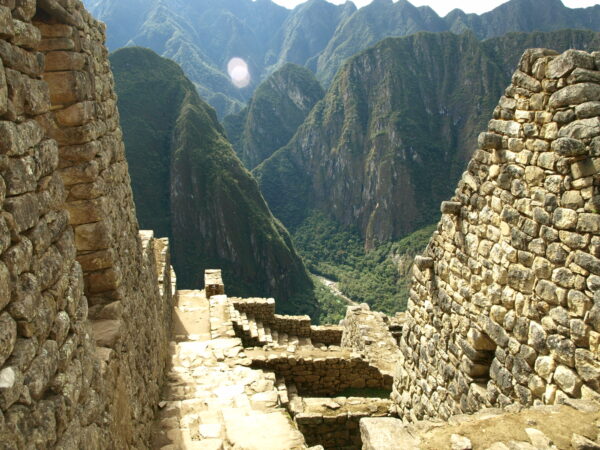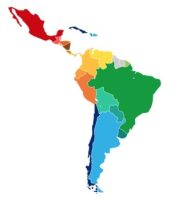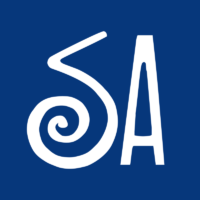Archeological Sites In The Sacred Valley & Cusco
Visiting Peru's better known historical sites and ruins
Cusco was the capital of the mighty Inca Empire and the fertile Sacred Valley, which follows the Urubamba River north of the city, was the capital’s prestige breadbasket and royal estate.
They have gone from the beating heart of the Inca Empire to the beating heart of Peru’s tourism industry. Millions of tourists arrive each year, mostly en route to Machu Picchu in the Sacred Valley’s far north-western reaches.
But there is much more to the region than just Machu Picchu. The classic tour operator itinerary will include at least a half-day tour of Cusco and a separate full-day tour of the Sacred Valley. If remotely possible try to stay for longer and get further afield; this is somewhere that deserves much more than a whistle stop visit.
Here’s our rundown on notable historical sites in Cusco and the Sacred Valley region.
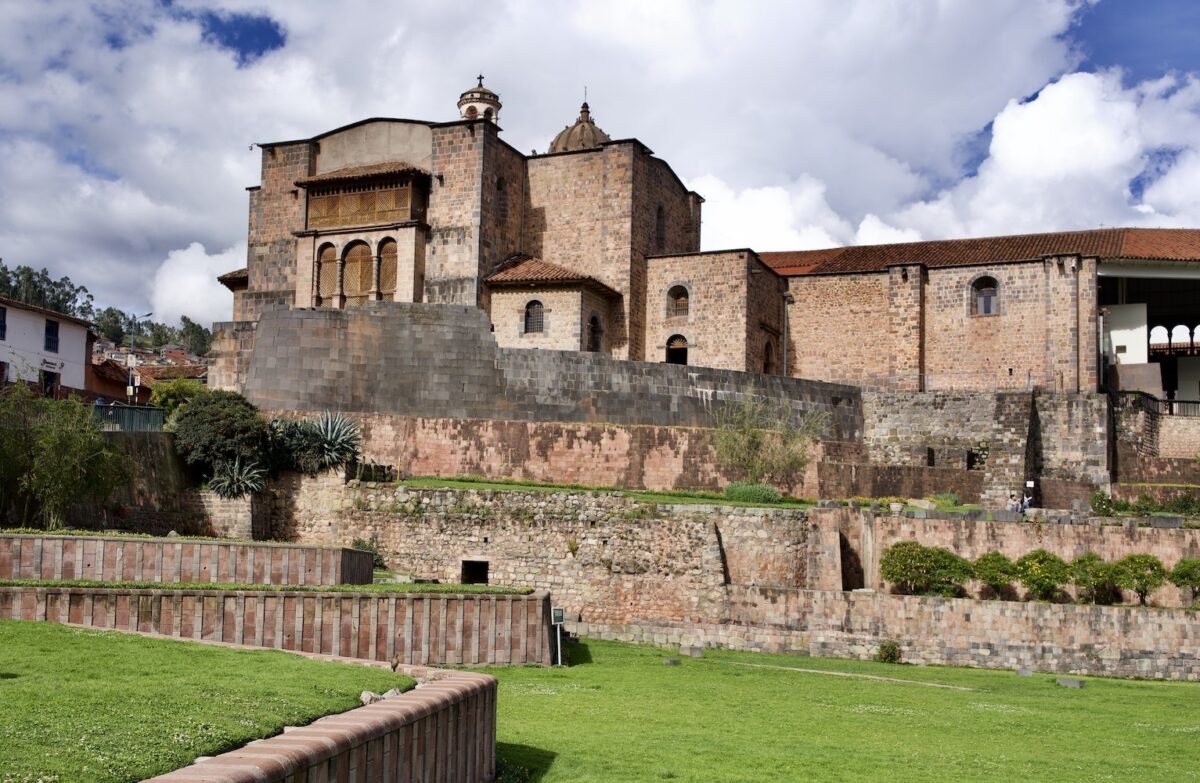
The physical act of conquest: Colonial architecture built on top of Incan archeology at Qorikancha
Credit: Heather Jasperfeatured trips
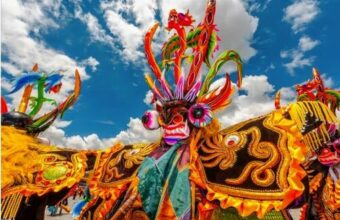
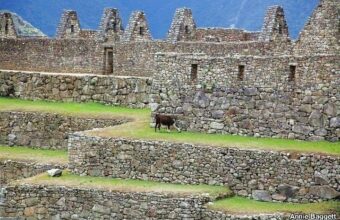
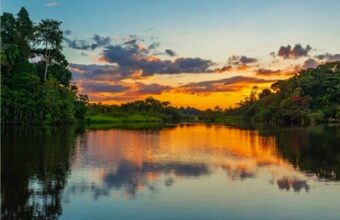
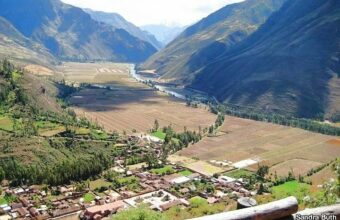
Classic Machu Picchu and the Sacred Valley
An extended visit to the Sacred Valley
9 days From $1,989 ppHistorical sites in Cusco
Archeological highlights of the former Incan capital
With layers of archaeology built on top of each other (often literally), the city is a stunning mix of Inca architecture and later colonial constructions. Some of the most important Inca sites lie in the centre of the city itself, others just on the outskirts. You can see some of the following on the standard half-day tour, but do try to stay for longer to get a better understanding of what made the Inca tick.
Qorikancha
The Qorikancha is to the Inca what the Kaaba is to Islam or the Temple Mount to Judaism: the Holiest of Holies. Built, like Machu Picchu, during the 15th century reign of Pachacutec, it’s far and away the most important edifice in Cusco — and, defacements aside, one of the most sublime.
Qori is the Quechua word for gold and kancha is a wall or enclosure. The imposing stone wall that still stands around part of the exterior was once plated with gold. The Inca saw the world as having duality in all things and their cities were divided into hanan (upper) and hurin (lower) sections. The Qorikancha was the most sacred temple for hurin Cusco, the lower half of the city downhill from the historic centre. What remains today is a small part of a temple complex that was once the largest ceremonial complex within the city limits.
Constructed from the same hard andesite as other important Inca temples, it features tapered-stone walls and a maze of inner shrines to the sun, moon, stars, thunder and rainbows. Sadly, the temple was mostly dismantled in the 1530s by the Spanish, who stripped away its gold plating and erected the colonial Church of Santo Domingo on top. For many Cusqueñians, the site is emblematic of their modern blend of Incan and Spanish heritage as well as the syncretism of Andean beliefs and Catholicism.
Plan at least two hours to fully appreciate the Inca stonework, trapezoidal door frames, anti-seismic architecture, sacred fonts and a lovely outside gardens that once gleamed with gold statues of llamas and corn stalks.
If you manage to time your visit for June 24th, go early to the Qorikancha to see the beginning of the Inti Raymi festivities enacted on the outer wall and gardens that face Avenida del Sol. The ceremonies begin around 9am and most good spots to watch from are taken by 7am.
Visiting the Qorikancha
The attached museum is included in the Boleto Turístico (BTC), but the site itself is not. Entrance fee is S/15 ($4) for adults and S/8 ($2) for students with ID. Guides are available at the door and recommended as there are few signs inside that adequately explain what you’re seeing. Some of the most important spots have signs with QR codes to scan for information in Spanish, English & French. It is open Monday - Saturday 8:30am-5:30pm. On Sunday visitors are welcome to attend mass in the adjoined Church of Santo Domingo.
"Boleto Turístico"
Most of Cusco's historical sites are included in the city's Boleto Turístico (tourist ticket). A ten-day BTC costs S/130 Peruvian Nuevo Soles (approximately $35), and includes entrance to key sites in the Sacred Valley. A three-day BTC costs S/70 ($19) and includes admission to either the sites in Cusco or the Sacred Valley. They are sold at the entrance to every site and only cash is accepted. See latest prices and details on the official website.
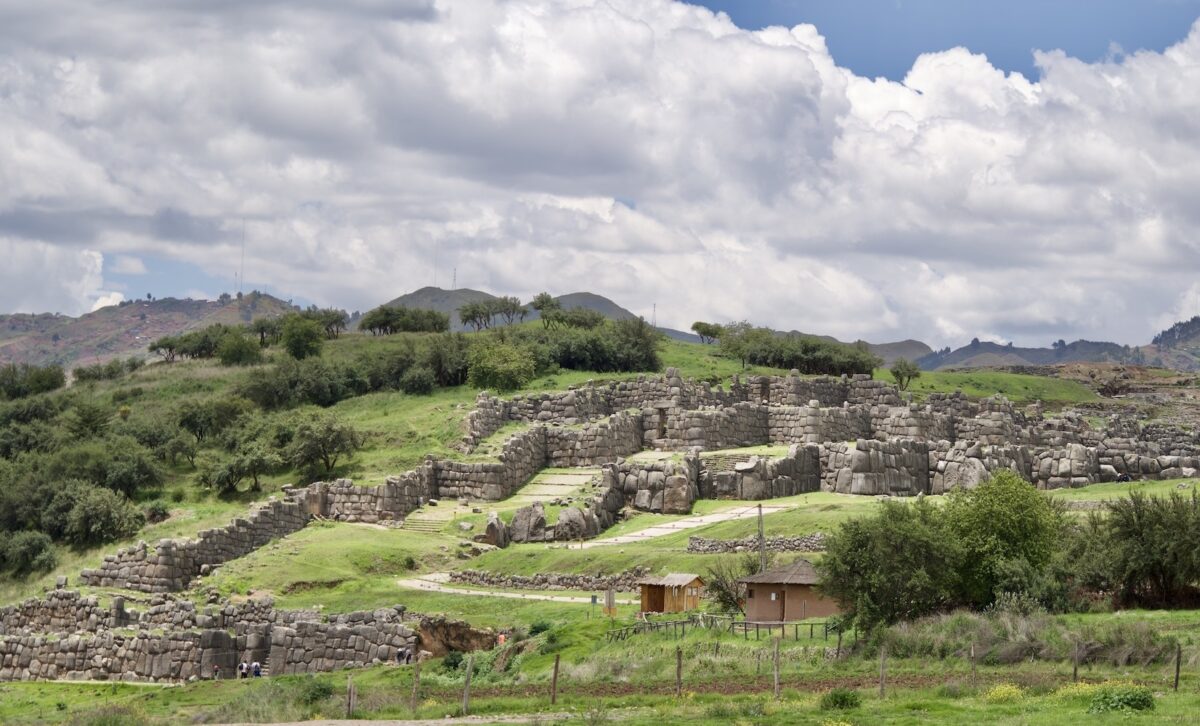
Sacsayhuamán overlooking the city of Cusco
Credit: Heather JasperSacsayhuamán
Stones weighing over 300 tonnes; stacked tiers of zig-zagging walls; high towers overlooking the Inca capital from a soaring hilltop: everything about Sacsayhuamán is truly gargantuan — and this despite the fact that only 20% of this stunning temple remains intact.
Sacsayhuamán was built in the 15th century on a high hill overlooking Cusco from the west. The massive walls understandably confused Spanish historians, who classified the site as a fortress. Adding to the confusion, it was the site of a battle in 1536 between the Spaniards and the Inca that was one of the turning points of the conquest.
Archeologists have found evidence of sacrifices that include objects from all four regions of the Inca’s Tahuantinsuyo, the Quecha name for the Inca’s vast empire. This clearly points to Sacsayhuaman being the main temple of hanan Cusco, the upper half of the city. An added attraction: Sacsayhuamán is also the setting for the culminating ceremonies of Inti Raymi, an Inca festival held every June 24th.
Visiting Sacsayhuamán
Sacsayhuamán is open every day from 7:00am-5:30pm. The archeological site is one of the attractions included on the Boleto Turístico de Cusco (BTC). There is no separate ticket for only Sacsayhuamán.
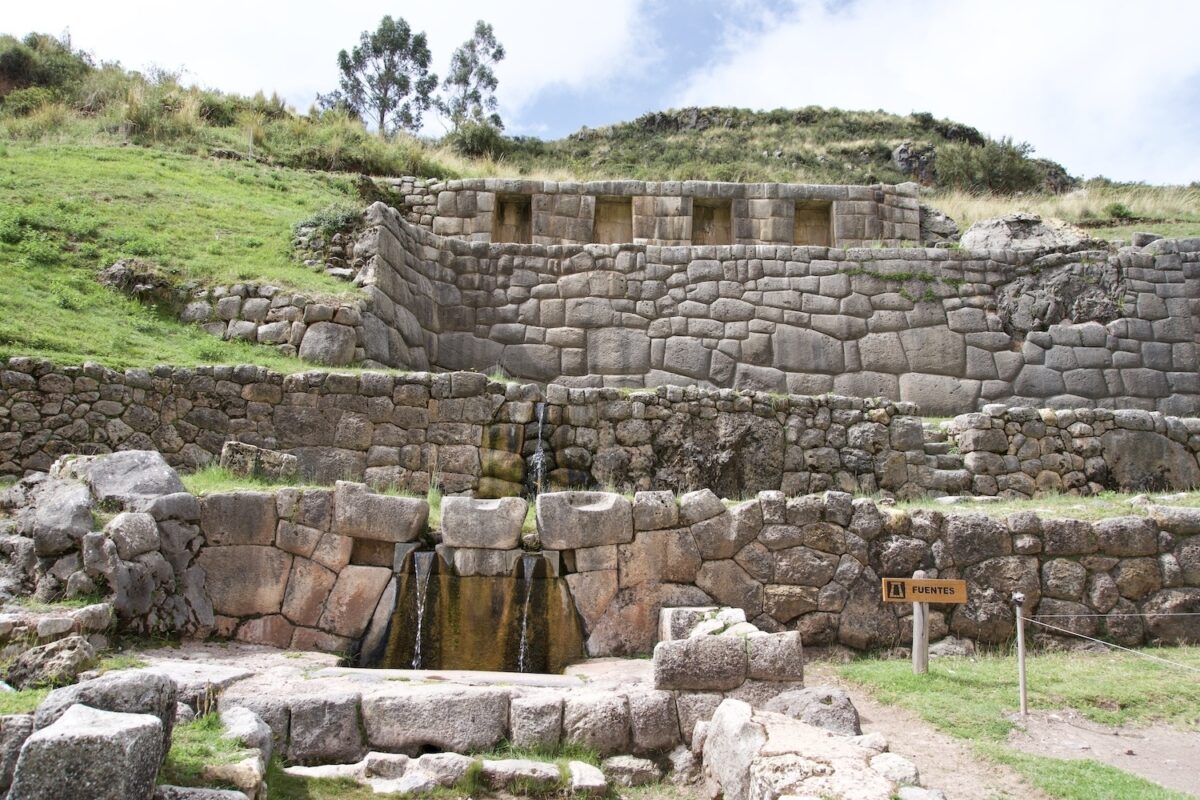
The Tambomachay water temple, just outside Cusco
Credit: Heather JasperQ’enqo, Puka Pukará & Tambomachay
These three sites are almost always visited together and are sold by tour operators as the Cusco “city tour.” They are not actually in the city of Cusco but are in the hills above Sacsayhuamán. All three are small and an hour each is sufficient.
Q’enqo is the smallest of these sites, but the first visited because it’s the closest to Sacsayhuamán. You’ll see a massive piece of white limestone bedrock that’s been carved all over with stairs, shelves, anthropomorphic figures and geometric designs. The top and sides are damaged since limestone is very susceptible to natural weathering. Carvings inside the narrow passages and tunnels are much better preserved.
Puka Pukará is usually the next on the tour. The Quechua word puka means red and pukará is a fortress. The name couldn’t be more fitting as it was engineered with pink sandstone and includes barracks for Inca troops. This site is highly defensible, overlooks an ancient entrance to Cusco and was where the Incan emporer’s army was stationed when he visited Tambomachay.
Tambomachay is a water temple and a place the Inca ruler visited for ceremonies and to get a break from the centre of Cusco. It is the smallest of these three sites though you can still see several Inca fountains and a wall of classic Inca architecture set into the hillside above the fountains. This is farther from the road than the others and a bit of a walk on a very uneven stone path.
Visiting Q’enqo, Puka Pukará & Tambomachay
These archeological sites are included in the half BTC (S/70) for Cusco or the full BTC (S/130). You can visit on your own by taxi or public bus. The Huerto and Cristo Blanco bus lines have stops at Sacsayhuaman and all three of these sites. The sites do not have interpretive signs and guides are highly recommended, which you can hire at the entrance of each site.
It is easier to visit on a tour, which will also include a guide, though you may feel rushed in a group tour. If you are new to the high altitude, you can take a bus tour of these sites. From the top of the double-decker “mirabus” you can see Sacsayhuamán, Q’enqo and Puka Pukará without any walking. You do not need to buy the BTC for a bus tour. They are open every day from 7:00am-5:30pm.
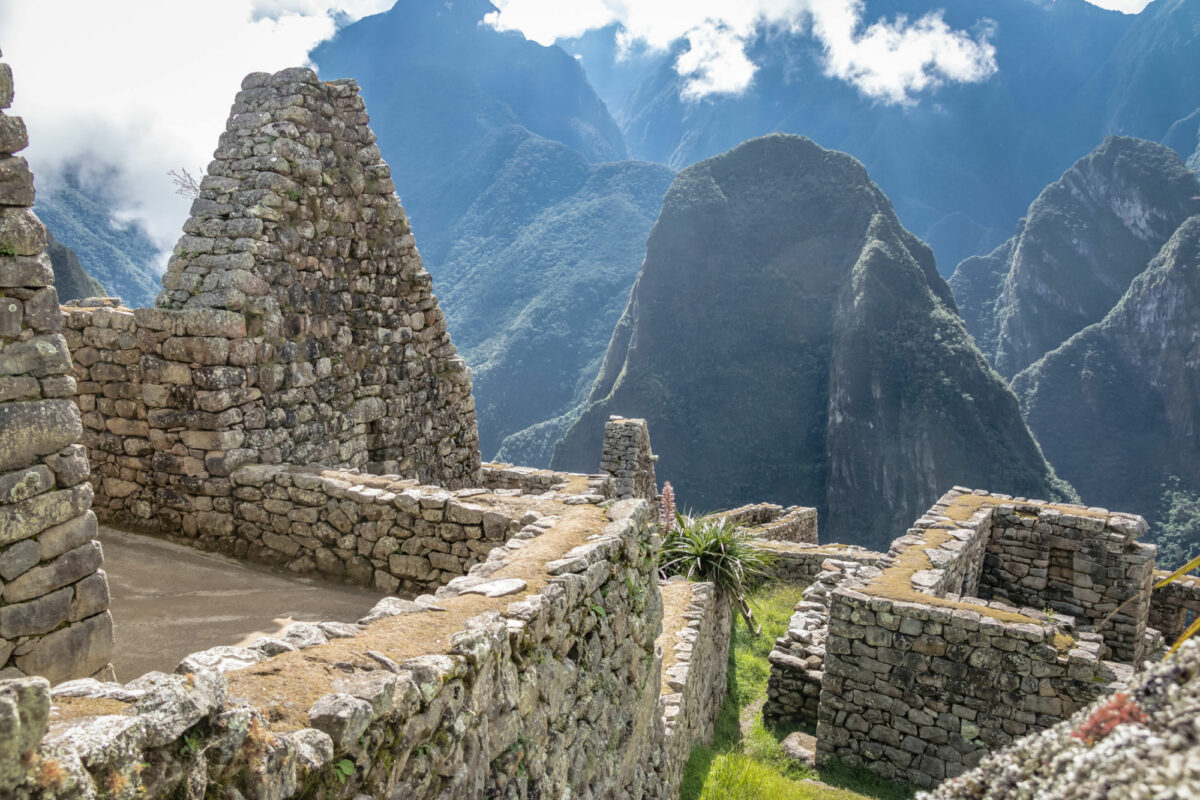
A blissful crowd-free moment at Machu Picchu
Historical sites in the Sacred Valley
Ruins and archeological sites
The Urubamba River descends from Cusco, eventually connecting with tributaries of the mighty Amazon. Over immense periods of time, this river has carved out a deep valley whose beauty defies the imagination. Little wonder then that the Inca chose this stunning and fertile location as their spiritual and agricultural heartland. Scattered with ruins, towns and villages where Quechua is still commonly heard, the Sacred Valley is much more than a mere stop-off before Machu Picchu. It’s a destination in its own right, and one that is easily explored from Cusco or by staying in the valley itself.
Machu Picchu
The Inca’s most famous archaeological site needs no introduction. This mountaintop citadel has mesmerised foreigners the world over ever since a local family showed it to Hiram Bingham back in 1911.
It’s a holy grail for travellers and scientists alike, where tourists can often watch archeologists at work and where new discoveries are still being made. Previously thought to have been built in the 1440s, in 2021 archeologists using radio-carbon dating showed it was inhabited as early as 1420. The discovery of new ceremonial water channels was published as recently as 2022.
The site comprises a huge variety of structures. The Torreón, the Temple of the Three Windows, the Temple of the Sun, royal chambers, the famous intihuatana (an astronomical calendar) ‘where the sun attaches to earth’: nearly every part astounds visitors with perfectly engineered stonework and astronomical significance. Here is a place where sun, stone, and heaven come together, a work of art on a grand scale.
You can buy your own tickets via Peru’s official tourism website, but be sure to book your train at the same time. Train tickets are almost as limited as Machu Picchu tickets and you need to carefully coordinate your train schedule with the entrance time of your ticket for the ruins. Keep in mind that it usually takes an hour to get from the train station to the shuttle stop, then up to Machu Picchu and tickets for the shuttle must also be bought in advance. It’s much easier to book with an agency, though understandably more expensive
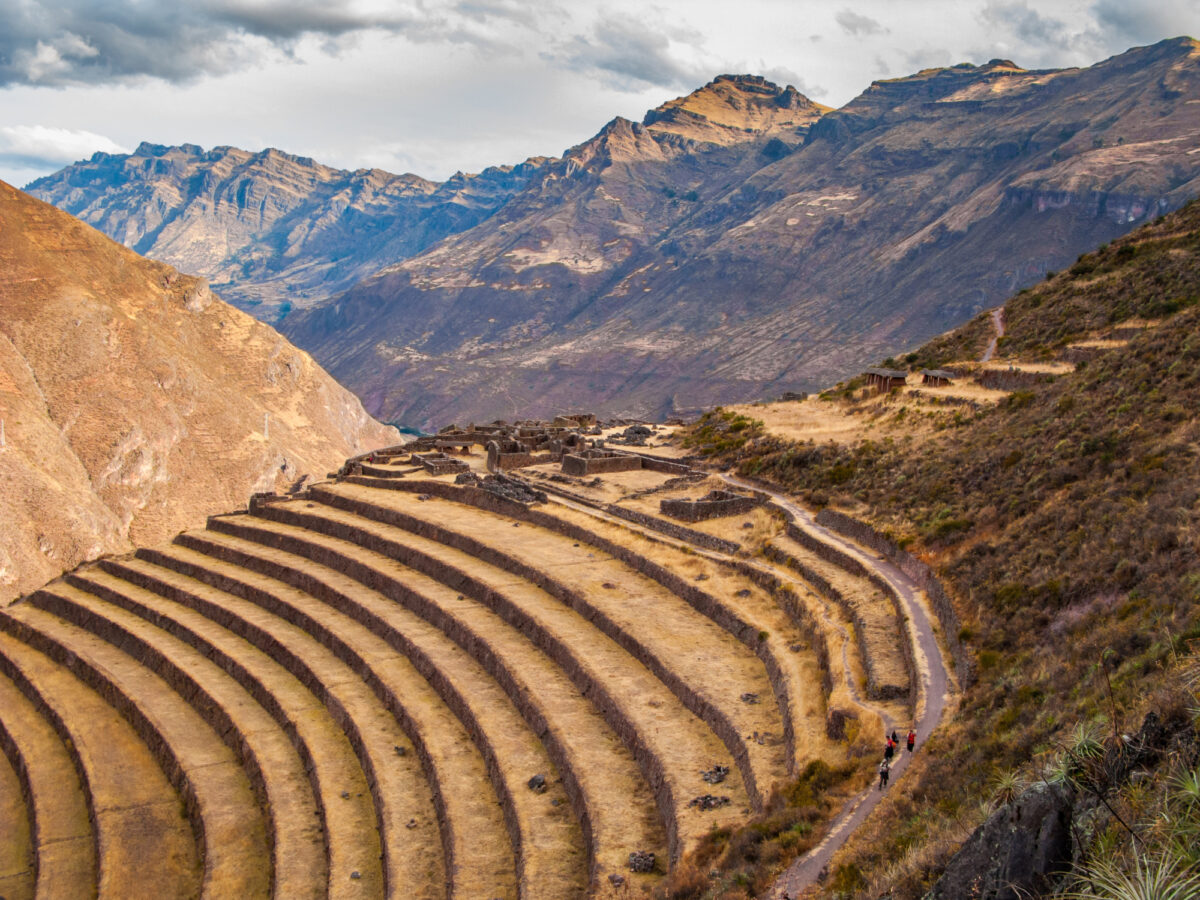
Excellent examples of Inca terracing in Pisac
Pisac
At the east end of the Sacred Valley, just 30 km from Cusco, the ruins of Pisac are perched high above the town of the same name, on a rock face overlooking a valley of soft green terraces.
It is one of the most complete Inca cities you can visit without a long trek and is a great example of Inca city planning. There are distinct areas for agriculture, residences, ceremonial structures and even an Inca cemetery. This last feature is a series of cliffs behind the residential area, now pocked with holes. Each hole was once a tomb, where people were buried in the foetal position, after mummification. Unfortunately, most of the tombs have been looted.
Of special note is a sun temple carved from pink granite, graced with an intihuatana astronomical calendar that’s better preserved than the ones at Machu Picchu. To reach this ceremonial centre, walk past the residential area and down the fin of rock that hovers over the modern town of Pisac in the valley below.
Visiting Pisac
Pisac is a good candidate for a day trip from Cusco as you can visit the town’s markets after the archeological site. It’s open every day 7:00am-5:00pm and is included in the full BTC or the half BTC that’s for only the Sacred Valley. Note that if you visit Pisac as part of a standard Sacred Valley tour you will likely only have time to visit the residential area, the agricultural terraces and the cemetery. You need at least two full hours if you want to also visit the religious area and intihuatana.
Visiting Pisac
Pisac is a good candidate for a day trip from Cusco. Go early enough, and you’ll be able to visit the colourful indigenous market in the town below. It’s also included on the Boleto Turístico.
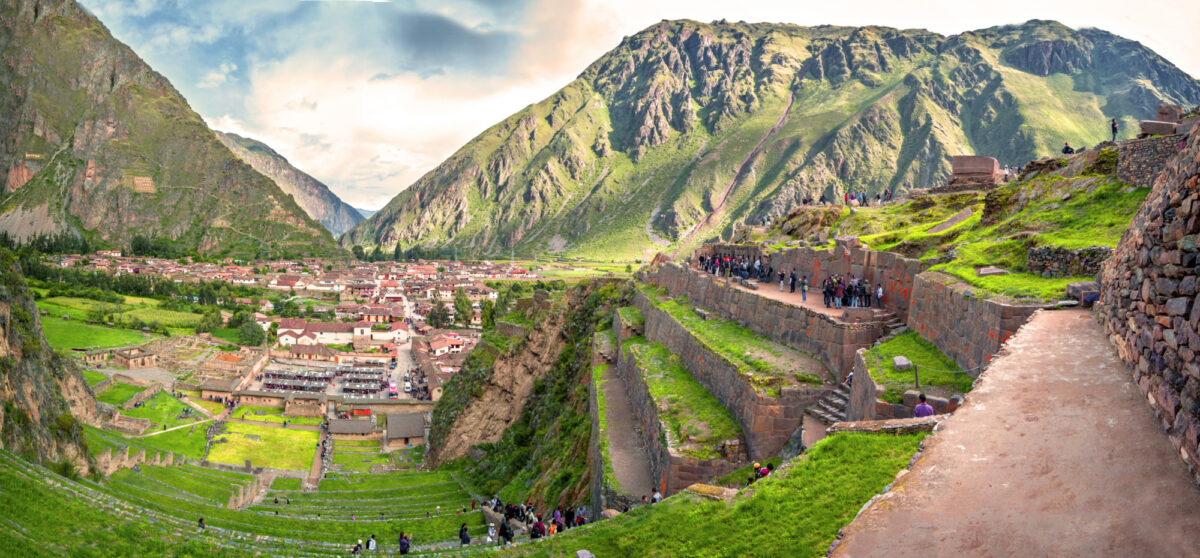
Ollantaytambo, one of the preeminent sites – and a living village – in the Sacred Valley
Ollantaytambo
Ollantaytambo presides over the western end of the Sacred Valley, the counterpart to Pisac and a site of almost incomprehensible architectural engineering.
Like Sacsayhuaman, Spanish chroniclers dubbed it a fortress. It was the site of a major battle between the Spanish and the Inca in January 1537 when the Spanish suffered their only major defeat at the hands of ruler Manco Inca. Perhaps this is why the Spanish never reached Machu Picchu, as Ollantaytambo guards the valley that leads to that most famous of Inca sites.
Today, Ollantaytambo is considerably more peaceful, but just as imposing. Built during Pachacutec’s great public-works campaign of the 1400s, it comprises a number of ceremonial structures as well as terraces that show no signs of having been used for agriculture. Instead, archeologists theorise that their purpose was to stabilise the canyon wall, protecting the temples at the top from destructive earthquakes. The temples were never finished, as the Spanish invaded before they could be completed.
After climbing the 200-plus stairs to the top, visitors will find a sun temple, an enclosure of ten niches, and the unfinished moon temple. At the foot of the impressive structure is a series of gardens with a lovely ceremonial bath carved from a single block of stone. Best of all, the archeological site is next to the cobbled streets of the eponymously named village — the most complete Inca town that’s still inhabited.
Visiting Ollantaytambo
Ollantaytambo is located two hours from Cusco and is the chief point of departure for trains going to Machu Picchu. The archeological site is open every day 7:00am-5:00pm and is included in the BTC.
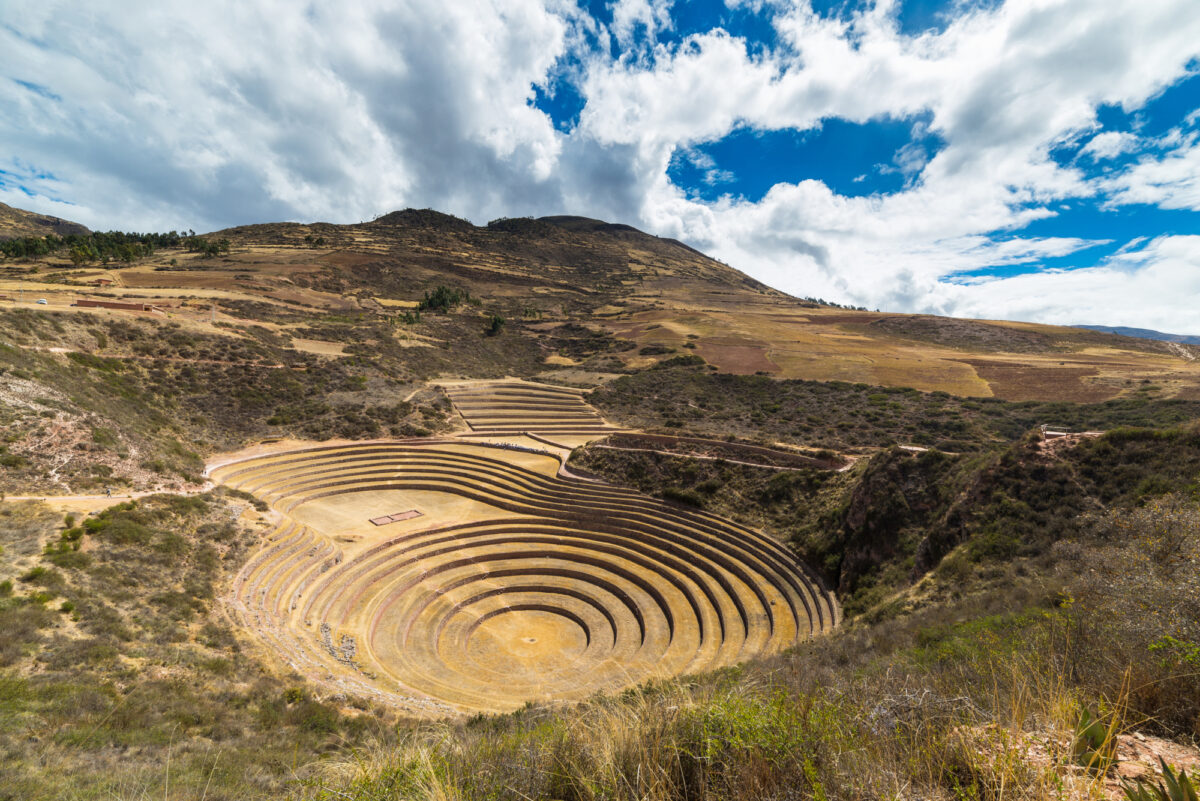
Unique circular terracing at Moray
Moray
The name Moray comes from the Quechua word amoray, which means corn harvest. The name is apt, for these stunning, 500-foot-deep circular terraces were likely some of the hemisphere’s first laboratories for agricultural science. Green technology more than 500 years before today, they’d have been invaluable to the Inca’s control of the food supply for much of South America.
Moray contains several wide bowls of terraces, nestled into a fold in the hills high above the Sacred Valley. Like many Inca sites, they were probably used by pre-Inca civilizations, then further developed by the Inca during their expansion.
Modern investigators have observed a 1 degree Celsius differential from one terrace to the next, warming the deeper you go into the basins. This would have allowed Inca scientists to simulate different microclimates in the Andes as they tested out new seeds and crop species. Archeologists have found that soil in different areas of the terraces were brought from across Tahuantinsuyo. Seeds from all major Andean crops have also been found at Moray, with evidence of purposeful hybridization.
Visiting Moray
Tours and taxis are available from downtown Cusco and the drive takes about an hour and a half. Moray is included on most Sacred Valley tours. It is open every day 7:00am-5:00pm and the entrance is part of the BTC. As with other BTC sites, there is no separate entrance ticket for only Moray.
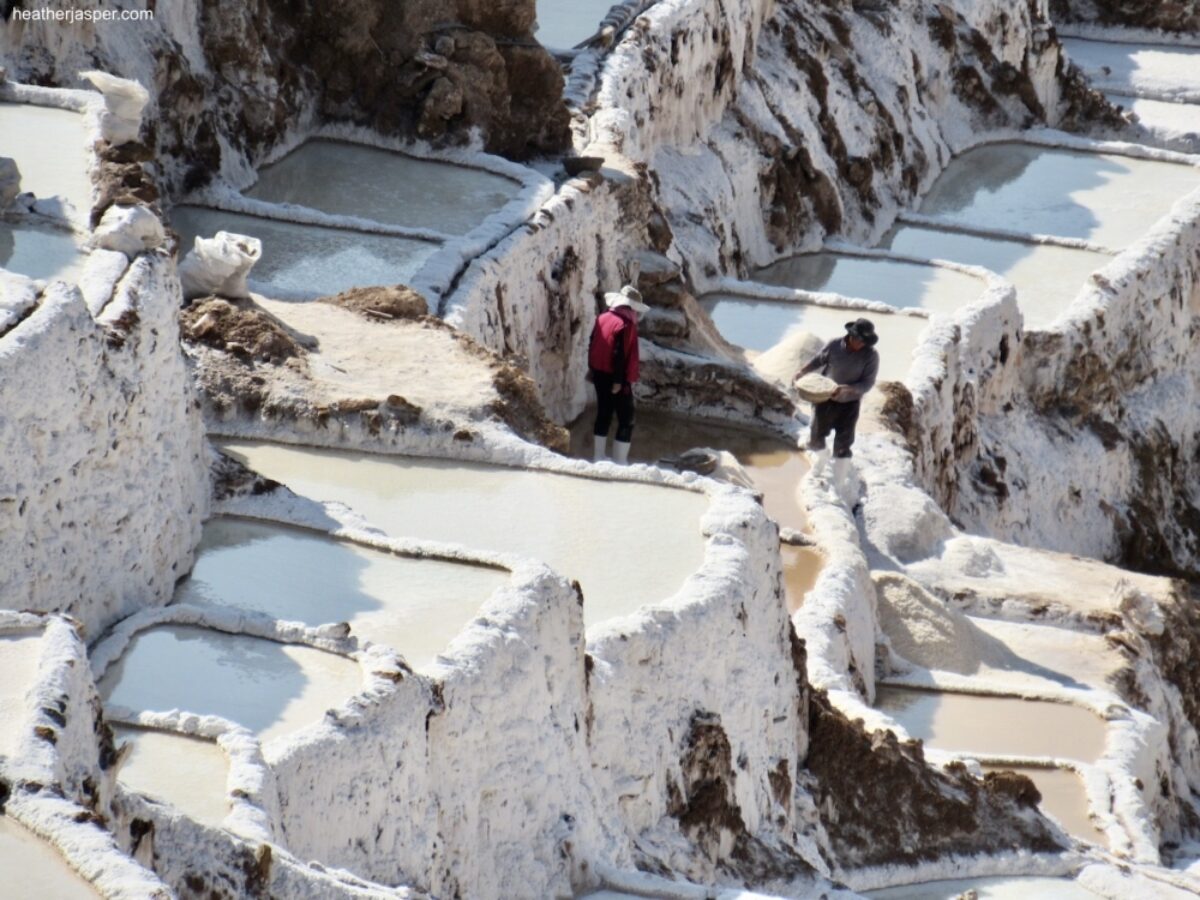
Historical salt production at Maras
Credit: Heather JasperMaras
According to the people who live near Maras, when what is now the Andes was at sea level, a massive pocket of ancient ocean was trapped underground. As the Andes have been pushed up from the Pacific plate subducting under the South American continental plate, the underground ocean was pushed higher and higher until it now sits at 3,385 metres above sea level.
However it came to be, a salty hot spring emerges from the hillside at Maras and for centuries has been diverted into small ponds called salt pans. After a pan is filled with spring water, the flow is diverted elsewhere and the pan is left to dry. There are over 3,000 pans, each about five square metres, where salt is collected from the dried pans. Each pan is owned by a family and passed down through the generations. Per community agreement, salt pans cannot be sold, only inherited from a family member.
Visiting Maras
Maras is almost always coupled with a visit to nearby Moray. It is not part of the BTC and the community charges S/10 per person to visit the site. This is the best place to buy naturally pink salt, as well as flavoured salts that community members make with ingredients like yellow or red chilli peppers, oregano and other herbs. It’s open every day from 7:00am-6:00pm.
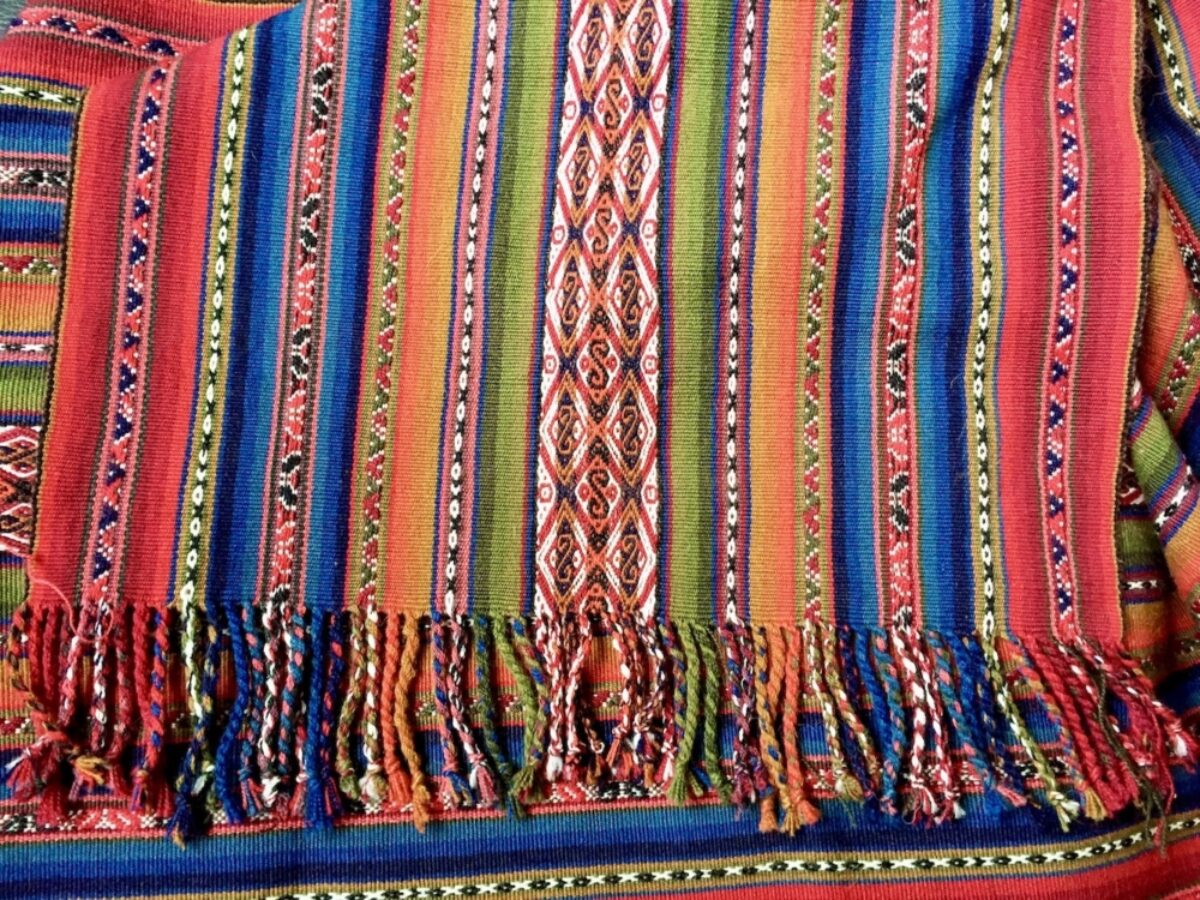
Traditional textile weaving in Chinchero
Credit: Heather JasperChinchero
Chinchero is another example of an important Inca site on top of which the Spanish built a church. Tours here usually begin with a visit to the Inca ruins, where little remains besides the agricultural terraces. If the church is open, tours often visit that second.
The highlight of Chinchero for many visitors is learning about traditional weaving. Chinchero is as famous today as it was during Incan times for intricate weavings made by expert artisans. There are a number of places along the main road where women wearing traditional dress will explain how alpaca fur is cleaned and dyed using natural dyes. Most can give the whole demonstration in English, showing how plants, minerals and even insects are used to create lasting natural dye.
Many of these places call themselves weaving cooperatives, though they are mostly commercial ventures that buy from local weavers at low prices and sell to travellers at a high markup. The only place that still functions as a true cooperative is the Centro de Textiles Tradicionales del Cusco. Their main location is on Calle Manzanares in Chinchero. They have a second location on Avenida del Sol in Cusco, just downhill from the Qorikancha.
Chinchero is 28km from Cusco and at a higher elevation. You’ll be up at 3,754m, so walk slowly if you’re new to altitude. The Chinchero ruins are included in the BTC and in most Sacred Valley tours. Both the church and ruins are open every day 7:00am-5:00pm.
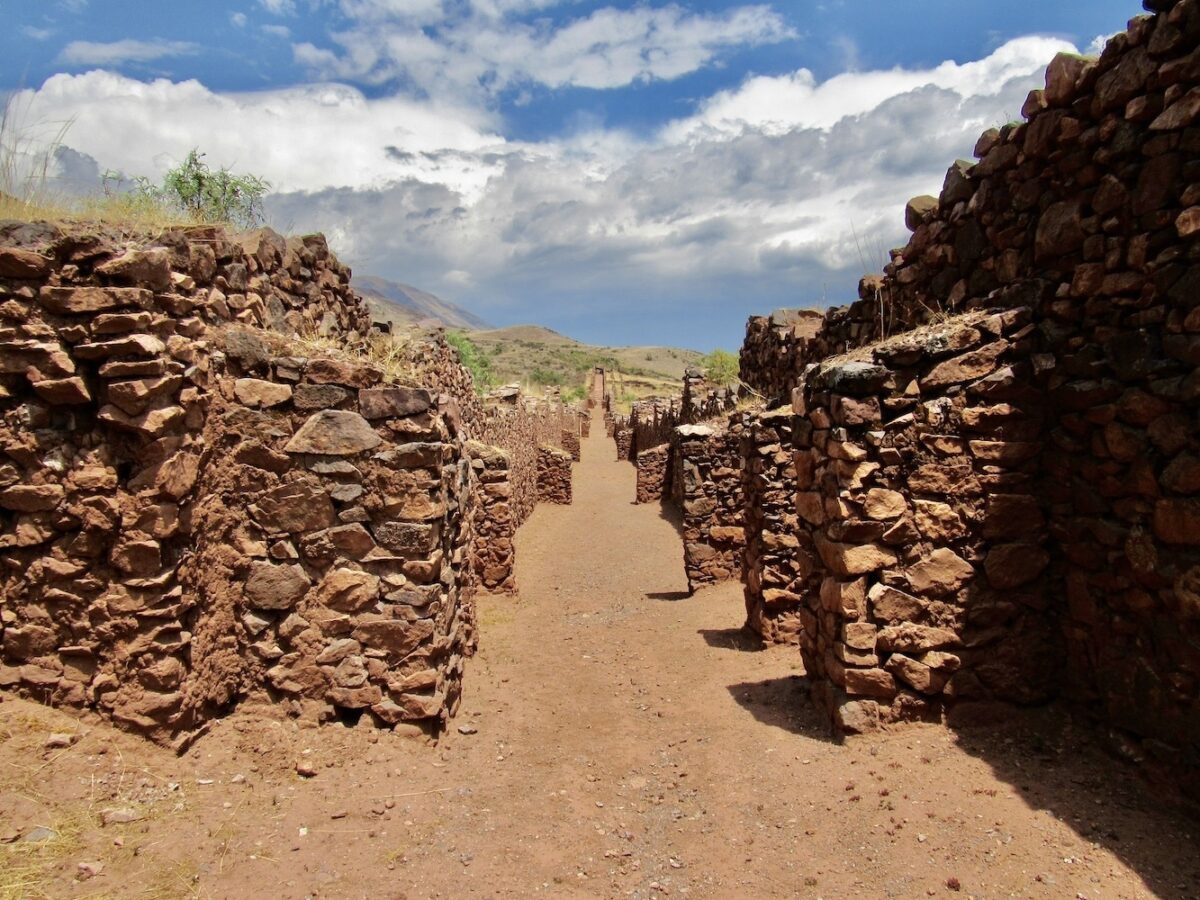
The pre-Inca Wari city of Pikillaqta in the South Valley
Historical sites in the South Valley
Lesser-visited archeology south of Cusco
South of Cusco, more Inca and pre-Inca ruins lead all the way to Lake Titicaca. They deserve a full day on their own, though if you take a bus tour to Lake Titicaca you will likely visit them on the way. Very few visitors venture this way, and you're likely to get a very different experience if you make the effort to explore in this direction.
Piquillaqta
Pikillaqta is one of the few Wari cities that the Inca didn’t use. After conquering the Wari, the Inca built a massive gate nearby, which effectively blocked access to Cusco from the south. The gate, called Rumicolca, has a classic Inca design of massive stone blocks that fit together perfectly. The nearby ruins of Piquillaqta are made of smaller, uncarved stones.
The Quechua word piqui means flea and llaqta means town. Piquillaqta could be “flea town,”or “little town” since piqui can also be used to describe something very small. When you’re walking through the site, it doesn’t feel very small. The city is designed in almost a perfect square with underground water channels and was once inhabited by about 10,000 people.
In 1927 archeologist Luis Valcárcel found forty turquoise statues, which were later proven to be of Wari origin. The town was constructed at the end of the 6th century and only inhabited for about 150 years before being abandoned.
The archeological site is at an altitude of 3,250m and usually the second stop on a South Valley tour. Tours usually begin with the ruins of the city before visiting the gate, which is about a ten minute walk from the entrance to the ruins. It is included in the BTC and open every day from 7:00am-6:30pm. To visit without a tour, take the bus to Sicuani but let the driver know to let you off at Piquillaqta.
Tipón
Another impressive feat of civil engineering, Tipón was once a temple to water where the fountains still flow and irrigation channels are still used today. The site was used by the pre-Inca civilizations starting around 6,000 BCE though the main buildings were built by the Incan ruler Wiracocha for his father in the 1420s.
Tipón has fountains similar to Tambomachay and an intihuatana calendar. Unfortunately, the intihuatana was mostly destroyed during the colonial period in an effort to evangelise locals and discourage them from venerating water.
The archeological site is 2.4km square and has many wide agricultural terraces leading up the hillsides. Along the top of the terraces is a section of the old Inca trail system, called Qhapaq Ñan in Quechua. There is also a viewpoint that has a beautiful view up the valley towards Cusco.
Only 27km southeast of Cusco, at an elevation of 3,316m, Tipón is also famous for traditional restaurants that serve roast guinea pig. It is usually the first site on South Valley tours and is included in the BTC. You can visit without a tour by taxi or on the public bus lines Los Leones or Saylla, which takes about an hour. If you take the bus to Tipón, you will need to get a taxi to the archeological site. The site is open every day from 7:00am-6:00pm.
Andahuaylillas
The church of Saint Peter the Apostle of Andahuaylillas is a fabulously ornate building, considering that the architecture is adobe. It has been nicknamed the Sistine Chapel of the Andes not for the architecture, but for the elaborate interior murals, lavishly painted ceiling and gold-plated decorations.
The church is widely believed to have been built in the 1600s and one of the murals was dated 1626 by the artist, though the building also has some Inca stone walls. The murals depict biblical scenes and were created to evangelise the indigenous population of the area. The most famous mural shows the “path to heaven” and the “path to hell” on either side of the main entrance. Over the doorway to the baptismal chamber is the phrase “I baptise you in the name of the Father, the Son and the Holy Spirit” in Latin, Spanish, Quechua, Aymara and Puquina.
If the gilded baroque interior doesn’t impress you, the incongruous setting will. This fabulous church is located in a village of about 5,000 people, over an hour southeast of Cusco. There have never been any major cities nearby. Andahuaylillas is at an elevation of 3,122 m and part of the informal “Route of Andean Baroque.”
The church is open every day 8:00am-4:00pm and is usually the last stop on a South Valley tour. It is the first stop in bus tours from Cusco to Puno. There is no entrance fee but donations are encouraged. If you want to go without a tour, the bus to Sicuani will drop you off in Andahuaylillas.
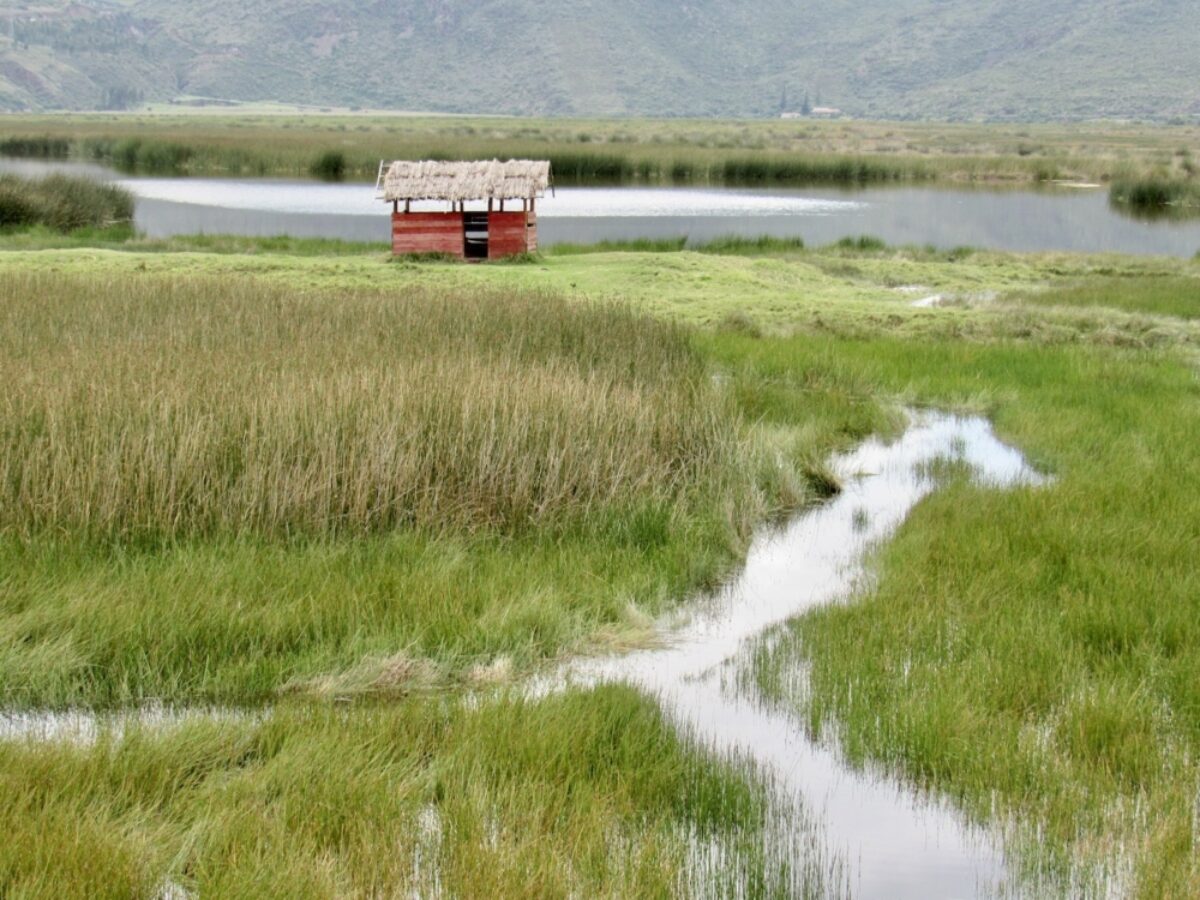
Huacarpay – not a historical site but worth a visit while you're in the area
Huacarpay
This last site is across the valley from Piquillaqta and is not an archeological site or even a building. Huacarpay is a protected wetland, designated as one of 14 Ramsar sites in Peru and one of the best birding sites near Cusco. A study of the area found 140 species of birds and 7 species of mammals, including wild guinea pigs. Huacarpay also has endemic species of reptiles, amphibians and fish.
The area is almost 20 square km and is easiest to visit during the dry season, from April through September. Visitors can follow paths that parallel the road to Lucre, which also has wooden duck blinds and several towers. There are more migratory birds in the rainy season, though the high water level floods some of the paths and visitors may be reduced to walking on the road.
The best way to visit Huacarpay is with a local birding expert, though no Cusco agencies advertise Huacarpay tours. Ask tour agencies that advertise jungle tours of the Peruvian Amazon if any of their birding guides would be available for a private tour. If you go on your own with a car, drive out past Oropesa and take the first right, which is the road to Lucre. It is 30km from the centre of Cusco and the drive takes about an hour. It can also be visited on the Saylla bus lines. Be sure to board a bus labelled Lucre. Not all Saylla buses go as far as Lucre.

